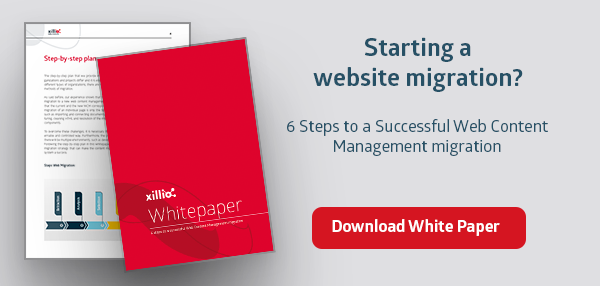5 reasons why an automated migration is more effective
by Corné van Leuveren, on Jan 14, 2014 2:33:00 PM
Any web content migration project is a complex beast. Resorting to a manual migration can be tempting, but here’s five reasons why an automated approach is more effective.
Even for those who've been through one before, the announcement of an upcoming migration project can make the palms a little sweaty. They're often complex, involve many different parts of the business, and are poorly understood in general.
 Cutting Out Technology
Cutting Out Technology
Any immediate way to make the situation seem easier is seen as an improvement, one of which is cutting out the technical migration issues, and simply resorting to a cut-and-paste manual migration. However, a manual migration often adds to the complexity because of these big issues:
1. Manual = Slow
There are no economies of scale to gain. Ramping up the number of people doing the job only goes so far to combat this. Either you outsource the tedious work, or tie up your valuable internal resources on this labor intensive task.
2. Manual = Inflexible
Changes to the content model during a migration project are extremely common. In a manual migration this means redoing the content already migrated; in an automated migration, simply reconfiguring the tooling will do the trick.
3. Manual = Double Entry
A manual migration can take weeks or months, during which all changes to content already migrated must be logged and replicated across two systems. The alternative is a long content freeze. This is not a problem in automated migrations.
4. Manual = Little Improvements
Manual migration doesn't facilitate any of the intelligent improvements possible in an automated migration such as: syntax checking, metadata enrichment, keyword detection, and on-the-fly data conversions.
5. Manual = 1 Environment
Any well-designed system implementation will have a number of environments for Development, Testing, Acceptance, and Production. At different stages they'll all need to be filled with content to fulfill their designed purpose. In an automated migration we simply change the target system configuration and unleash the data stream.
Read more about website content migration here.
------------------------------------------------------------------------------------





-9.png?width=448&height=81&name=Untitled%20(400%20x%20200%20px)-9.png)